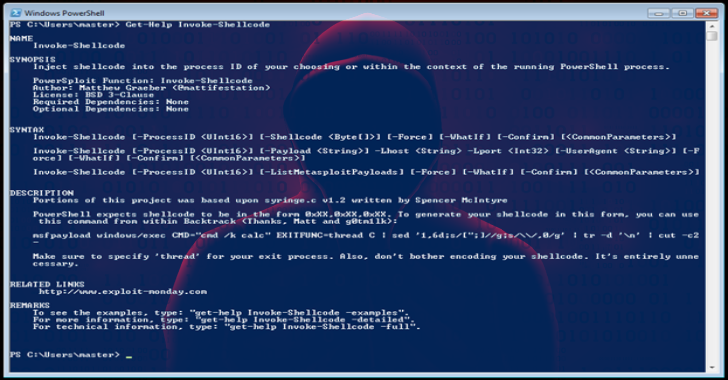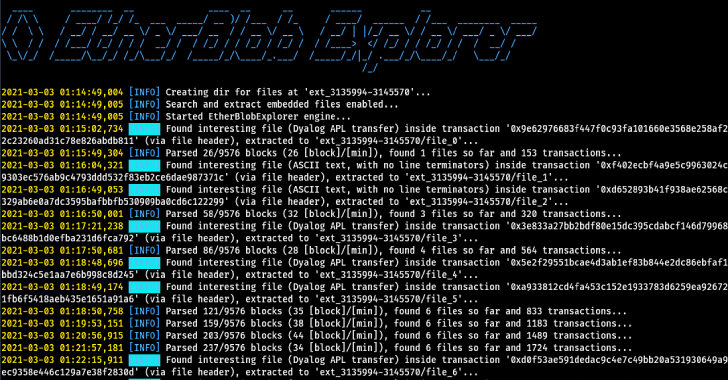Mercure is a tool for security managers who want to train their colleague to phishing.
What Mercure can do:
- Create email templates
- Create target lists
- Create landing pages
- Handle attachments
- Let you keep track in the Campaign dashboard
- Track email reads, landing page visits, and attachment execution.
- Harvest credentials
- Schedule campaigns
- Minimize link in email templates
What Mercure will do:
- Display more graphs (we like graphs!)
- Provide a REST API
- Allow for multi-message campaigns (aka scenarios)
- Check browser plugins
- User training
Also Read OWTF – Offensive Web Testing Framework Great Tools & Make Pen Testing More Efficient
Sample deployment
Edit docker compose configuration (docker-compose.yml)
version: '2'
services:
front:
image: atexio/mercure
restart: always
ports:
- 8000:8000
environment:
SECRET_KEY: '<random value>'
URL: 'https://preprod.mercure.io'
EMAIL_HOST: 'mail.example.com'
EMAIL_HOST_USER: 'phishing@example.com'
EMAIL_HOST_PASSWORD: 'P@SSWORD'
volumes:
- /etc/localtime:/etc/localtime:ro
- ./data/database:/code/database
- ./data/media:/code/media
- ./data/migrations/phishing:/code/phishing/migrations
To generate the SECRET_KEY variable, you can use this command:
# generate random SECRET_KEY
cat /dev/urandom | tr -dc 'a-zA-Z0-9' | fold -w 200 | head -n 1
The SECRET_KEY is used as a salt for Django password hashing, don’t change it after using it with Mercure. After changing the secret key, you can run the container with this command:
docker-compose up -d
Next, you can create a superuser to log into the web interface:
# create super user
docker-compose exec front python manage.py createsuperuser
How to use Mercure
We can consider Mercure is divided into 5 steps :
- Targets
- Email Templates
- Campaigns
- Attachments
- Landing page
Targets, Email Templates, and Campaign are the minimum required to run a basic phishing campaign.
- First, add your targets

You need to fill Mercure name, the target email. Target first and the last name is optional but can be useful to the landing page
- Then, fill in the email template.

You need to fill the Mercure name, the subject, the send and the email content. To improve the email quality, you have to fill the email content HTML and the text content. To get information about opened email, check “Add open email tracker” You can be helped with “Variables” category.
Attachments and landing page are optional, we will see it after.
- Finally, launch the campaign

You need to fill the mercure name, select the email template and the target group. You can select the SMTP credentials, SSL using or URL minimizing
- Optional, add a landing page

You need to fill the mercure name, the domain to use You can use “Import from URL” to copy an existing website.
You have to fill the page content with text and HTML content by clicking to “Source”
- Optional, add Attachment

You need to fill the mercure name, the file name which appears in the email and the file You also have to check if the file is buildable or not if you need to compute a file for example.
To execute the build, you need to create a zip archive which contains a build script (named ‘generator.sh’ and a buildable file
















